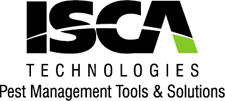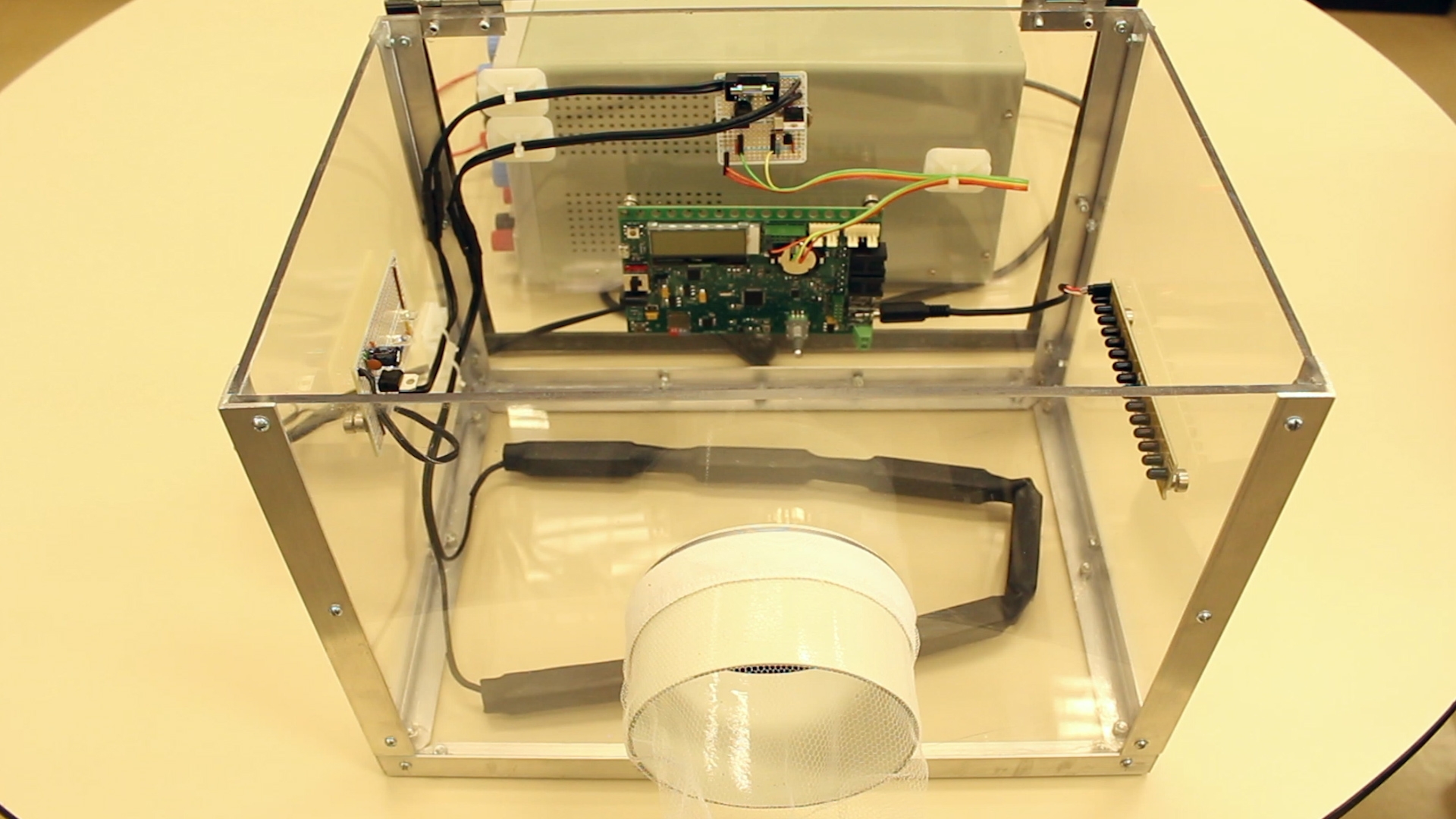Applications such as intelligent sensors should be able to collect environment information and to make decisions based on input data. An example is an under-development low-cost sensor to detect and classify insects in their species using laser light and machine learning techniques.
This sensor is an important step towards the development of intelligent traps able to attract and selectively capture insect species of interest such as disease vectors or agricultural pests, without affecting the beneficial species. The data gathered by the sensor constitutes a data stream with non-stationary characteristics, since the insects metabolism is influenced by environmental conditions such as temperature, humidity and atmospheric pressure. This research grant proposal has two main objectives: the first one is to develop new algorithms to classify in real-time signals from the sensor obtained from the data stream; the second one is to technologically develop the sensor in order to allow the developed machine learning techniques to be embedded in the sensor.
Pesquisadores
Gustavo Batista
Diego F Silva, Vinícius M A Souza, Daniel P W Ellis, Eamonn J Keogh and Gustavo E A P A Batista. Exploring Low Cost Laser Sensors to Identify Flying Insect Species. Journal of Intelligent & Robotic Systems 80(1):313–330, 2015.
URL, DOIYanping Chen, Adena Why, Gustavo Batista, Agenor Mafra-Neto and Eamonn Keogh. Flying Insect Classification with Inexpensive Sensors. Journal of Insect Behavior 27(5):657–677, 2014.
URL, DOIYanping Chen, Adena Why, Gustavo Batista, Agenor Mafra-Neto and Eamonn Keogh. Flying Insect Detection and Classification with Inexpensive Sensors. J. Vis. Exp (92):e52111–, 2014.
URL













